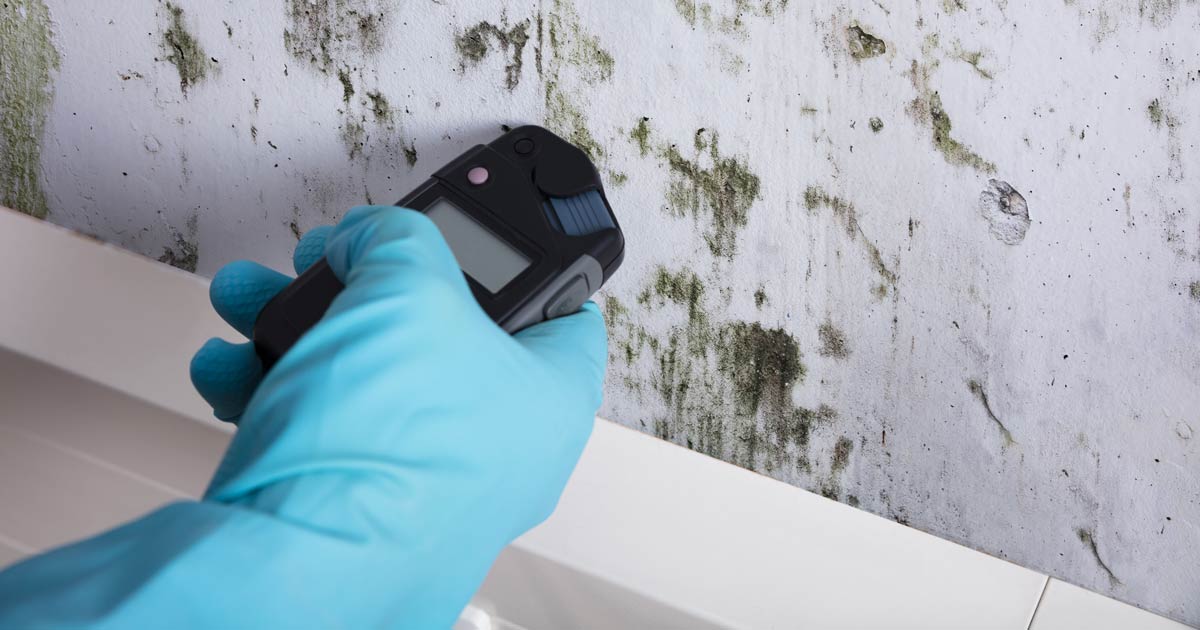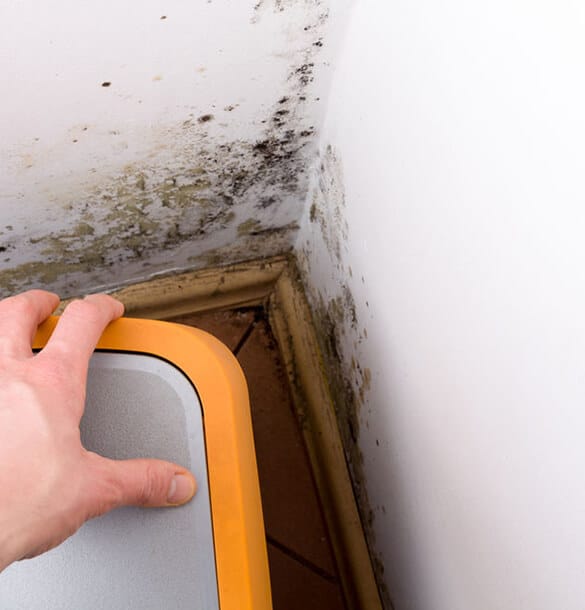Comprehensive Post Mold Remediation Procedures
Wiki Article
Effective Article Mold And Mildew Remediation Solutions for Your Home
Mold and mildew development in homes can be a persistent issue, commonly calling for a methodical technique for effective post-remediation services. From understanding the variables that contribute to mold growth to carrying out appropriate cleaning techniques and dampness control measures, the procedure can be complex yet essential for keeping a healthy and balanced living atmosphere. Post Remediation verification.Recognizing Mold Growth Variables
The key aspect contributing to mold growth is moisture. Mold and mildew spores require wetness to sprout and flourish, making wet or humid environments very susceptible to mold and mildew infestations.
Furthermore, airflow and light direct exposure can influence mold and mildew growth. Locations that lack proper ventilation and all-natural light are much more vulnerable to mold and mildew advancement. By resolving these elements comprehensively, people can properly minimize mold growth and secure their living environments.
Correct Mold Cleansing Techniques
Making use of reliable cleaning approaches is necessary in avoiding the reappearance and addressing of mold contamination in interior environments. The first action in appropriate mold cleansing is to have the affected location to prevent the spread of spores to uncontaminated areas.
Implementing Dampness Control Steps
To successfully stop mold and mildew development and contamination in interior settings, executing wetness control actions is extremely important. Wetness is the key element that gas mold growth, making it important to manage humidity degrees within the home. One efficient procedure is to make use of dehumidifiers to preserve indoor moisture degrees listed below 60%. Furthermore, ensuring appropriate air flow in areas susceptible to moisture build-up, such as kitchens and bathrooms, can help in reducing the risk of mold development. Regularly evaluating and repairing any kind of leakages in pipes, roofing systems, or home windows is also essential in avoiding excess dampness build-up. Making use of exhaust fans while cooking or showering, and enabling air blood circulation by maintaining furniture slightly away from walls can help in wetness control. Using moisture-resistant products in high-humidity areas, such as mold-resistant drywall and paints, can be helpful. By faithfully applying these dampness control measures, homeowners can effectively decrease the possibility of mold recontamination and maintain a healthy and balanced interior setting.Using All-natural Remediation Solutions
After effectively executing moisture control steps to avoid mold development in interior settings, house owners can currently check out the effectiveness of natural removal remedies in preserving a healthy living space. All-natural removal options use environmentally pleasant approaches to deal with mold and mold, making them a preferred option for those seeking safe options. By incorporating these all-natural remediation solutions into their cleaning routines, property owners can effectively battle mold and mildew growth while advertising a healthier interior atmosphere for themselves and their households.
Keeping a Mold-Free Setting
Frequently inspecting areas vulnerable to mold development, such as restrooms, kitchens, attic rooms, and cellars, is important. Correct ventilation in locations with high moisture levels is also crucial to preventing mold development.Furthermore, preserving cleanliness in the home is essential for mold and mildew prevention. Keeping indoor plants in Post Mold remediation cleaning check and ensuring correct drain in outdoor landscape design can reduce moisture build-up, reducing the probability of mold infestations.
Verdict
In conclusion, it is vital to attend to mold growth elements, use proper cleaning strategies, apply dampness control procedures, use natural removal remedies, and preserve a mold-free atmosphere in order to properly manage article mold remediation in your house - After mold remediation. By complying with these strategies, you can protect against mold and mildew from persisting and guarantee a healthy and balanced living atmosphere for you and your family
The main element adding to mold growth is dampness. Mold spores call for moisture to grow and germinate, making wet or moist atmospheres very vulnerable to mold and mildew infestations.To properly avoid mold development and contamination in indoor atmospheres, implementing wetness control actions is critical. Furthermore, ensuring appropriate ventilation in locations prone to moisture buildup, such as shower rooms and kitchen areas, can assist lower the danger of mold growth.After effectively carrying out moisture control steps to stop mold and mildew development in indoor environments, house owners can currently discover the effectiveness of natural remediation services in preserving a healthy and balanced living area.
Report this wiki page